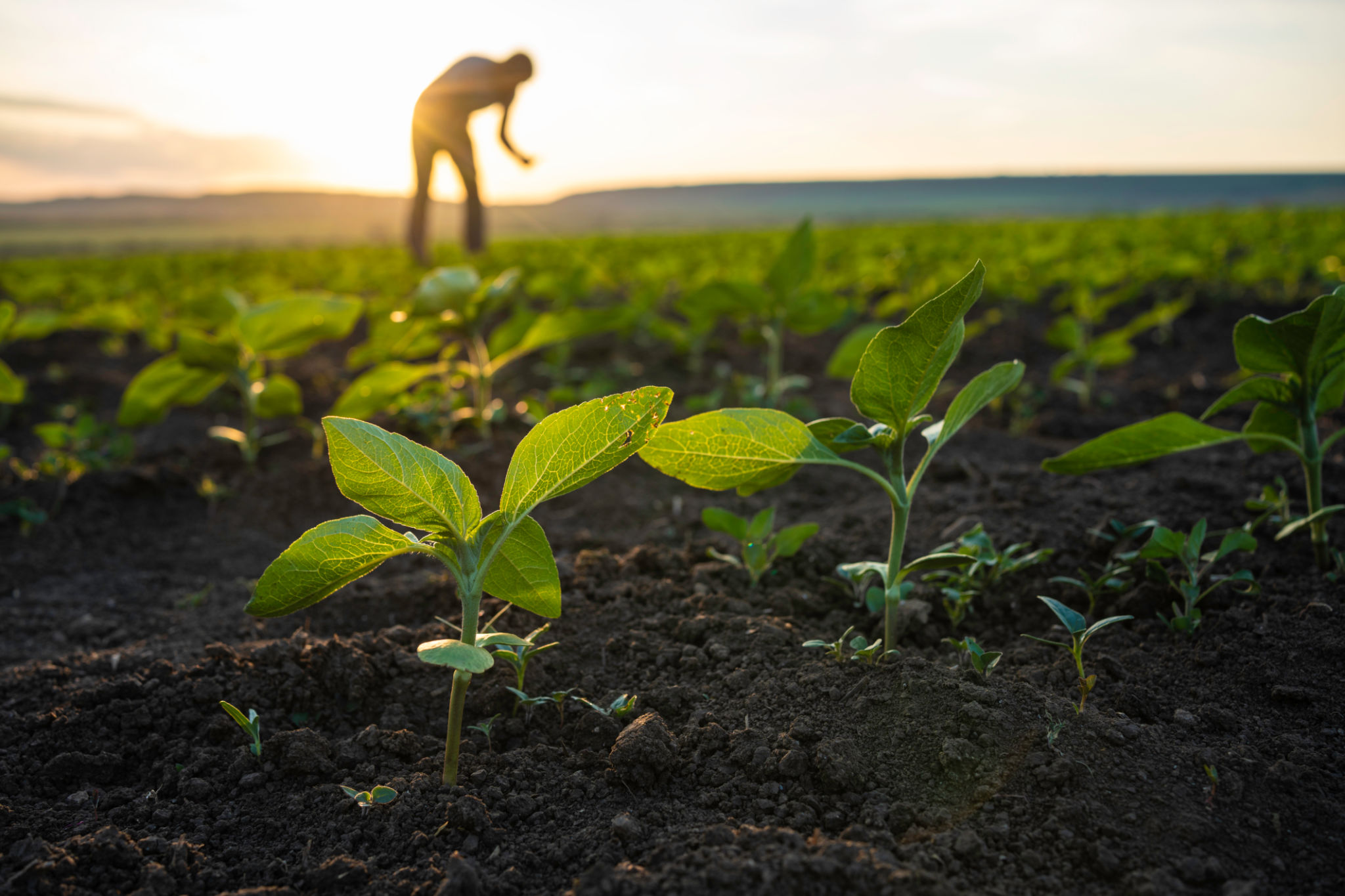A Guide to Efficient Use of Agricultural Inputs in Desert Climates
Understanding the Challenges of Desert Climates
Desert climates present a unique set of challenges for agriculture due to their extreme temperatures, low rainfall, and often poor soil quality. Efficient use of agricultural inputs in such environments is crucial to ensure sustainable farming practices and optimal crop yield. Farmers need to adapt their strategies to the specific conditions that deserts present, focusing on water conservation, soil enhancement, and suitable crop selection.

Water Management Techniques
Water is the most precious resource in desert agriculture. To maximize efficiency, farmers can implement several water management techniques. Drip irrigation is highly recommended as it delivers water directly to the plant roots, minimizing evaporation losses. Additionally, rainwater harvesting systems can be established to collect and store scarce rainfall, providing a supplementary water source during dry periods.
Another effective strategy is the use of mulch. Mulching reduces water evaporation from the soil surface and helps maintain a stable soil temperature. By covering the soil with organic or synthetic materials, farmers can significantly enhance water retention capabilities.
Soil Improvement Strategies
The quality of soil in desert areas often lacks essential nutrients and organic matter. To combat this, incorporating organic compost or biochar can improve soil fertility and structure. These amendments increase the soil's ability to retain moisture and provide essential nutrients to crops.

Farmers should also consider crop rotation and cover cropping as methods to enhance soil health. These practices help in breaking pest cycles, improving soil structure, and increasing organic matter content over time.
Selecting Suitable Crops
Choosing the right crops is vital for success in desert agriculture. Crops that are drought-tolerant and adapted to high temperatures are best suited for these conditions. Options such as sorghum, millet, quinoa, and certain legumes have shown resilience and high productivity in arid regions.
Additionally, genetically modified crops designed to thrive in harsh climates can be considered. These varieties often require less water and are more resistant to pests and diseases prevalent in desert environments.

Efficient Use of Fertilizers
In desert farming, the judicious use of fertilizers is critical for maintaining soil health and promoting plant growth. Precision agriculture techniques can help in applying fertilizers accurately and efficiently. By using soil testing and GPS technology, farmers can determine the exact nutrient requirements of their fields, avoiding overuse and minimizing environmental impact.
Slow-release fertilizers are another option that provides a steady supply of nutrients over time, reducing the need for frequent applications and ensuring that plants receive a consistent nutrient supply.
Implementing Sustainable Practices
Sustainability is key when it comes to agriculture in desert climates. Farmers should focus on practices that conserve resources and promote long-term productivity. Integrating livestock into farming systems can help recycle nutrients and improve soil fertility naturally.
Furthermore, adopting agroforestry practices can provide shade, reduce wind erosion, and create a microclimate favorable for other crops. By planting trees alongside crops, farmers can create a more resilient ecosystem capable of withstanding harsh desert conditions.

By implementing these strategies and continuously adapting to the unique challenges of desert climates, farmers can achieve efficient use of agricultural inputs, ensuring both productivity and sustainability in their operations.
